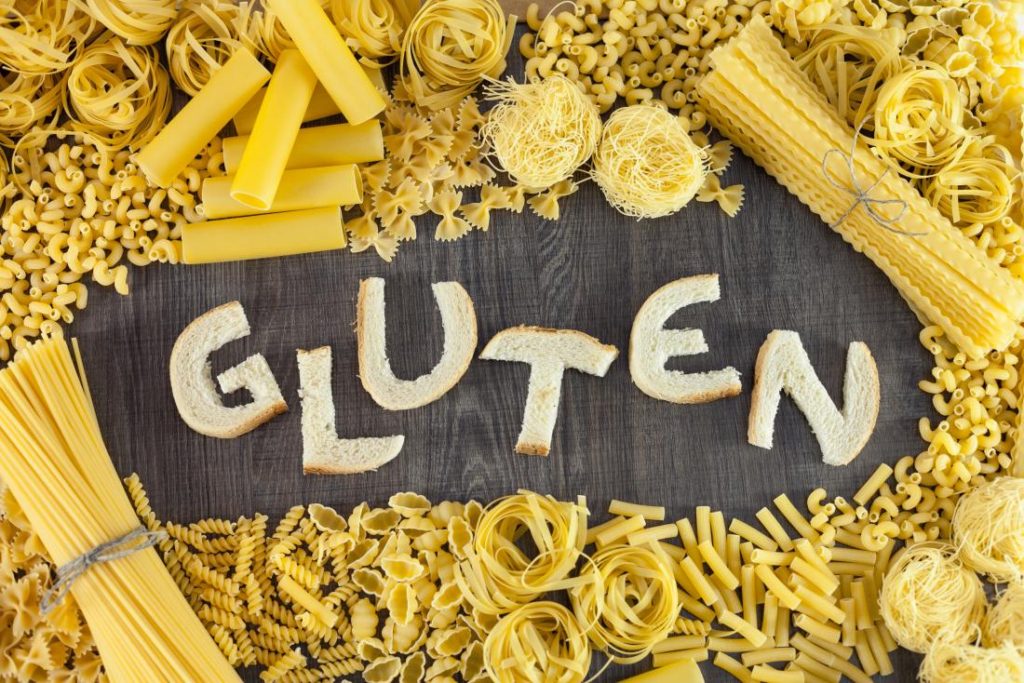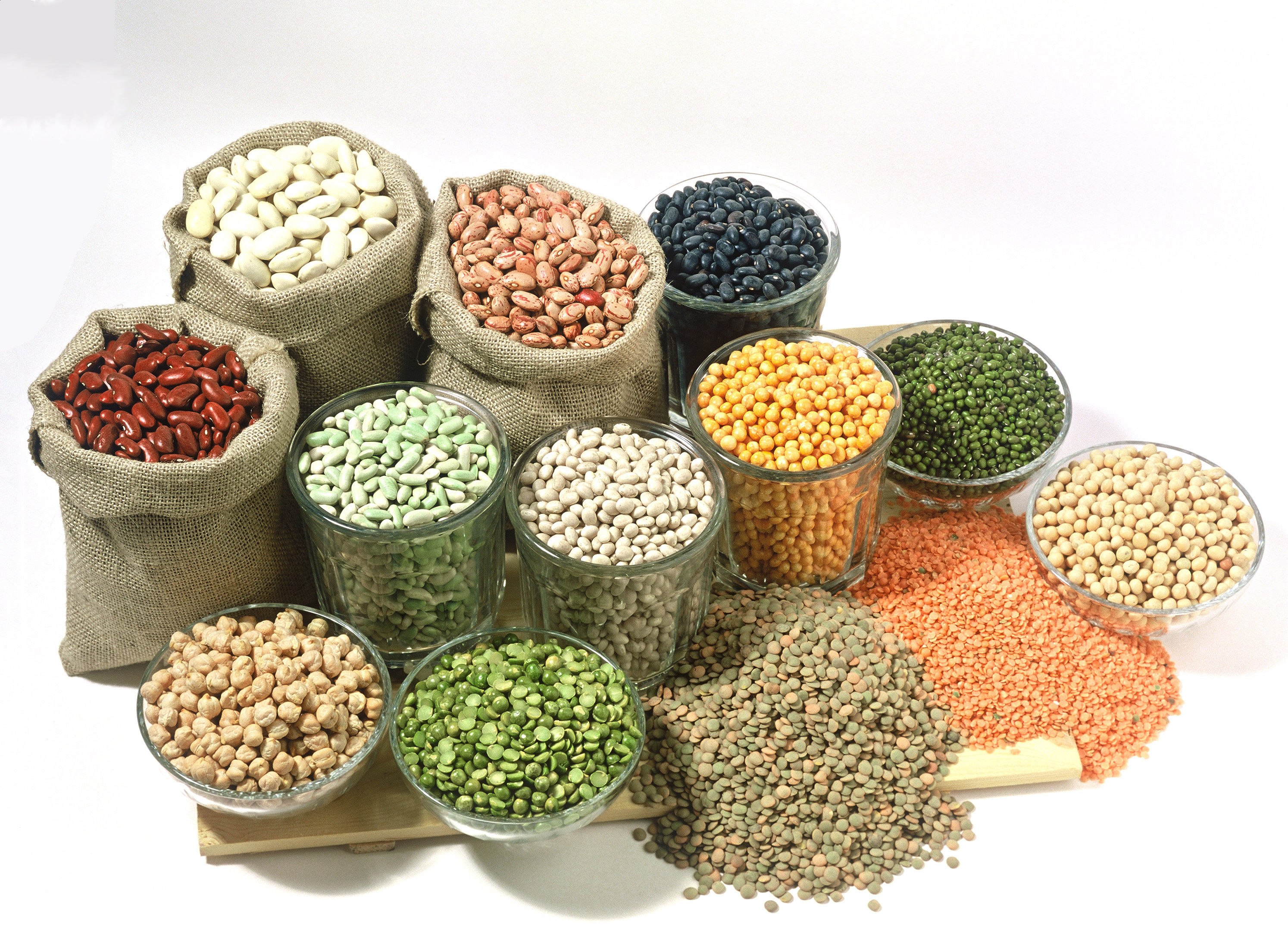One thing you may have increasingly heard about is gluten, and how foods that contain gluten may be bad for us. Yet many people seem to either be ignorant that there is even such a discussion going on, not believe that gluten may be bad for our health or appear to ignore it completely. Just look at how much Indomienoodles we consume on our streets, on campuses, in our homes etc. If gluten is so bad, why do we still consume it? And why are foods containing gluten allowed on the market? Let’s see if we can find some answers.
What is gluten?
Gluten is actually not one thing, contrary to what we might have been thinking all along. Rather than being a single compound, gluten actually refers to a family of proteins found in wheat, barley and rye. These proteins are called prolamins.

There are many varieties of prolamins. The main ones in wheat are gliadin and glutenin, while that in barley is hordein. One thing about these proteins is that they are very elastic, which is why gluten-containing grains are preferred when making bread and other baked foods. Gluten-containing grains and foods make up a large portion of today’s diets.
What is the issue with gluten?
These proteins tend to be resistant to human digestion, which is the major issue with gluten-containing foods. Gluten proteins are highly resistant to protease enzymes, responsible for breaking down proteins in the digestive tract. The incomplete digestion of proteins allows for peptides (large units of amino acids, the building blocks of proteins) to cross over through the wall of your small intestine into the rest of your body. That already sounds like a problem doesn’t it? The result is the triggering of the immune system to give all sorts of responses, and this can lead to certain conditions, such as celiac disease (explained below) in people already susceptible to the condition.
What are specific foods that contain gluten?
Here are a few foods that are usually found to contain gluten:
- A lot of Pasta brands
- A lot of Noodle brands
- Breads and Pastries (croissants, bagels, flatbreads, cornbread, muffins, donuts, rolls)
- Crackers
- Baked Goods (cakes, cookies, pie crusts, brownies)
- Cereal & Granola(corn flakes and rice puffs often contain malt extracts/flavoring, granola is often made with regular oats, not gluten-free oats)
- Breakfast Foods (pancakes, waffles, french toast, crepes, and biscuits)
- Breading & Coating Mixes such as the breadcrumb mix
- Croutons (stuffings, dressings)
- Sauces & Gravies (many use wheat flour as a thickener) – traditional soy sauce, cream sauces made with a roux
- Beer (unless explicitly gluten-free) and any malt beverages
- Brewer’s Yeast
- Anything else that uses “wheat flour” as an ingredient
Eating these can cause huge problems for people with gluten intolerance.
What is gluten intolerance?
Gluten intolerance refers to 3 specific conditions: Celiac disease, wheat allergy and NCGS.
Celiac Disease– Celiac disease is an inflammatory autoimmune disease, and is caused by both genetic and environmental factors. About 1% of the world’s population are known to suffer from this condition. This chronic condition is brought on by the consumption of gluten-containing grains in susceptible people. It involves many systems in the body, but it is considered an inflammatory disorder of the small intestine. Eating gluten-containing food by those susceptible to, or already with the disease causes damage to the cells lining the small intestines. This leads to intestinal damage and nutrient malabsorption. The symptoms of Celiac disease include weight loss, diarrhoea, anaemia, osteoporosis, neurological disorders, and skin diseases, such as dermatitis. Many people with celiac disease, however, display no symptoms whatsoever. Currently, the only cure for the disease is total avoidance of gluten.
Wheat Allergy –Wheat allergy is characterized by an abnormal immune response to specific proteins in wheat and wheat products. It is more common in children but adults are not free from the possibility of suffering this either. Symptoms range from mild nausea to severe, life-threatening anaphylaxis – an allergic reaction that can cause difficulty breathing.
Non-Celiac Gluten Sensitivity (NCGS)– A large population of people also report symptoms after eating gluten, even though in their cases they don’t have celiac disease or a wheat allergy. Non-Celiac Gluten Sensitivity (NCGS) is diagnosed when a person does not have either of the conditions we’ve just described above, yet still experiences intestinal problems and other symptoms when they consume gluten.
So is gluten bad for everybody or not?
Outside of those who specifically suffer from gluten intolerance, there isn’t enough evidence to suggest that gluten in itself is harmful. However, a gluten-free diet is a healthier option for most people because it means they avoid processed foods, which contain other chemicals, calories and sugars, and these can often contribute to bad health. Gluten-free diets also appear to make people feel less exhausted, and helps them lose weight. There also appears to be a relation with better health in people with other autoimmune diseases when they have a gluten-free diet.

